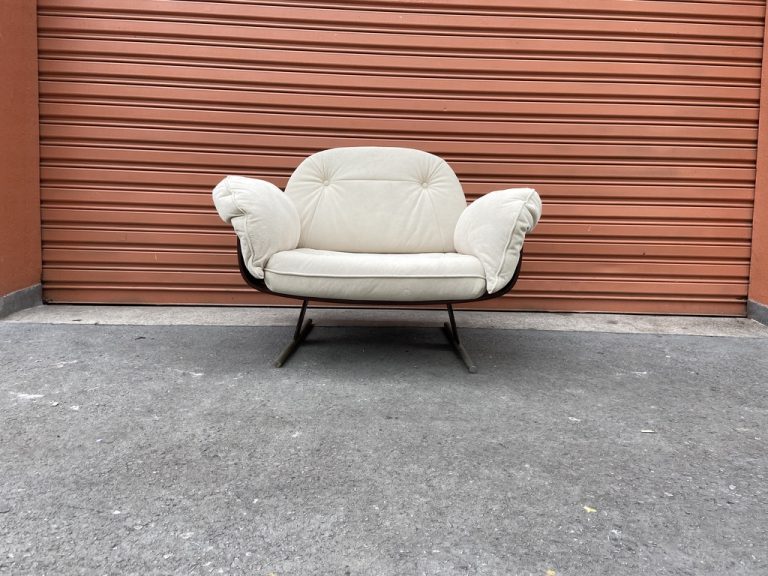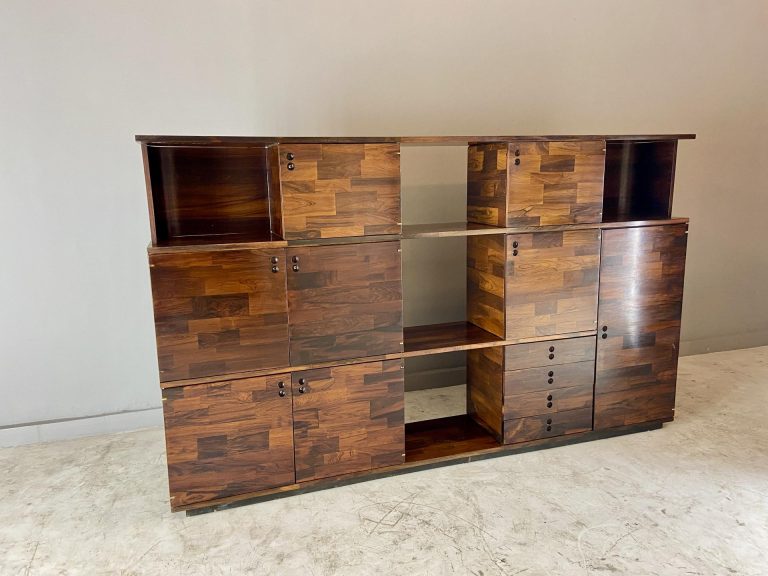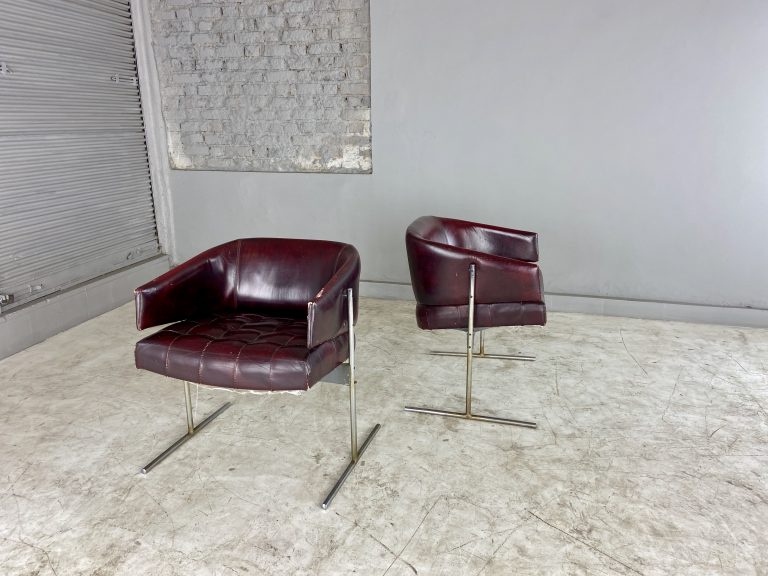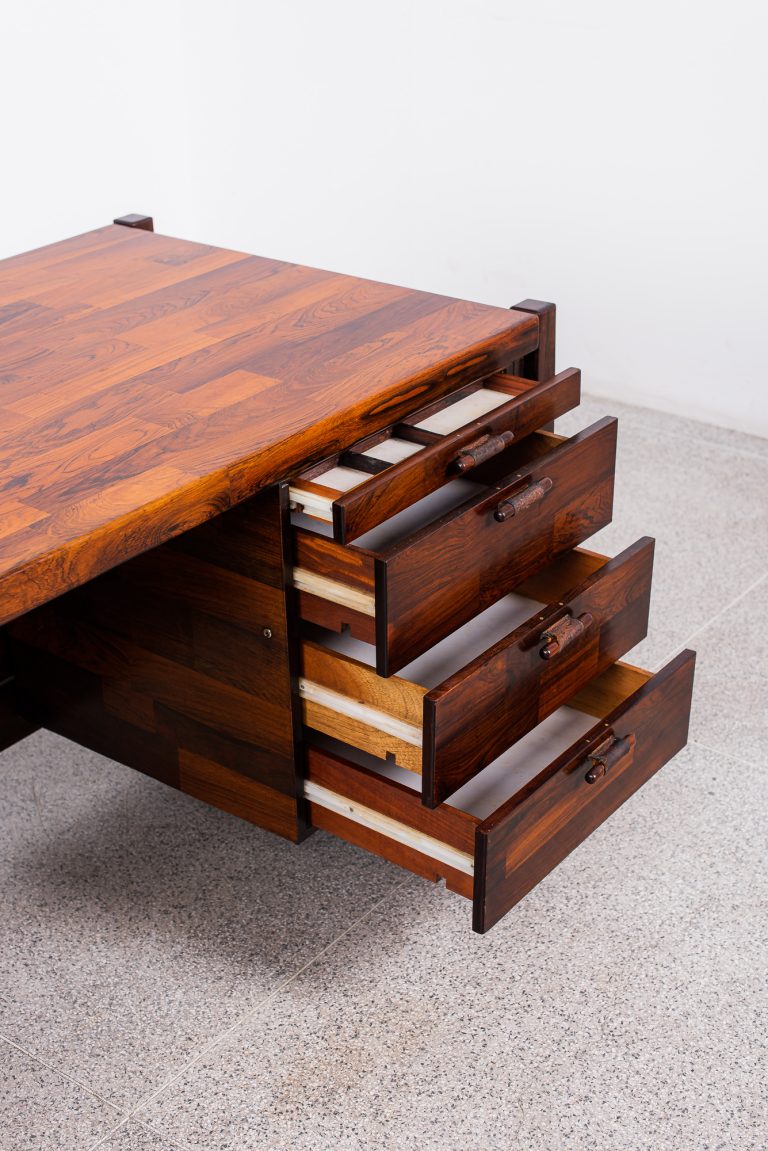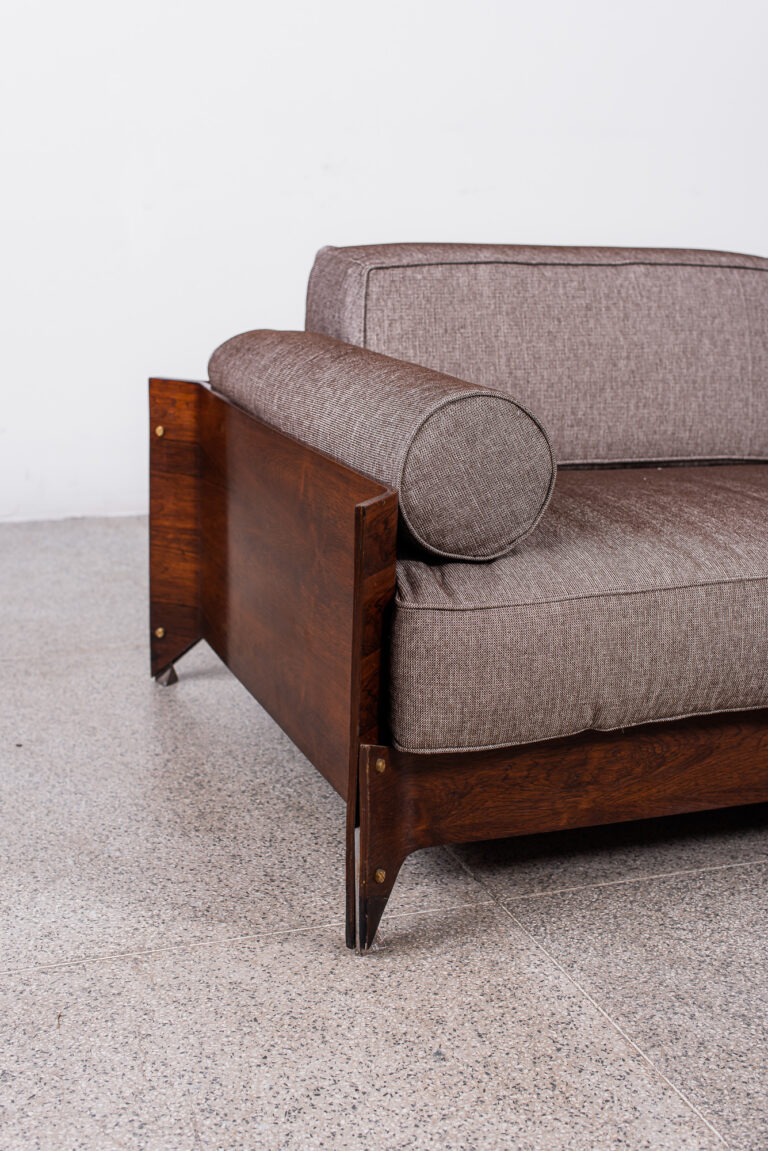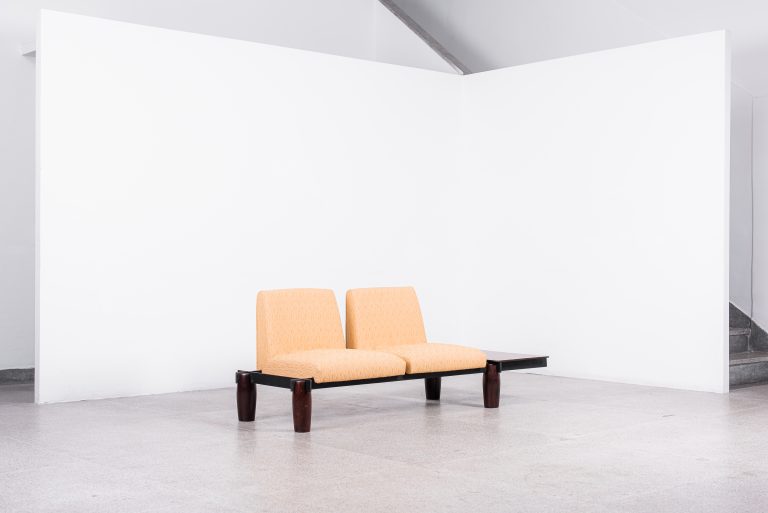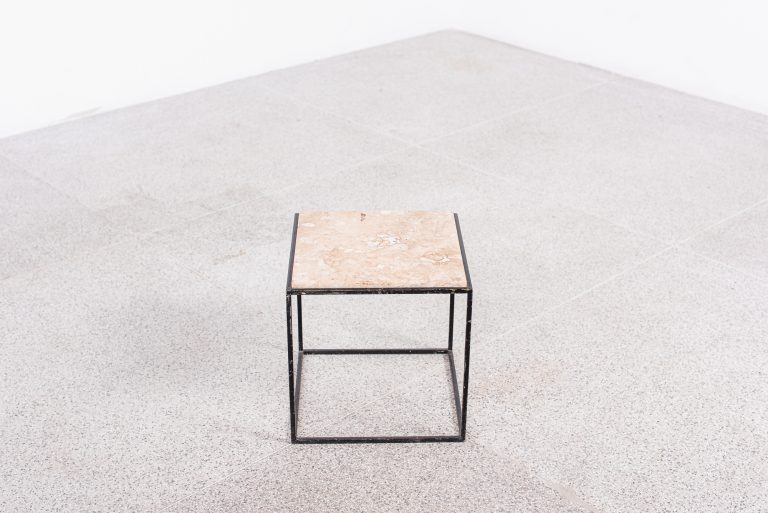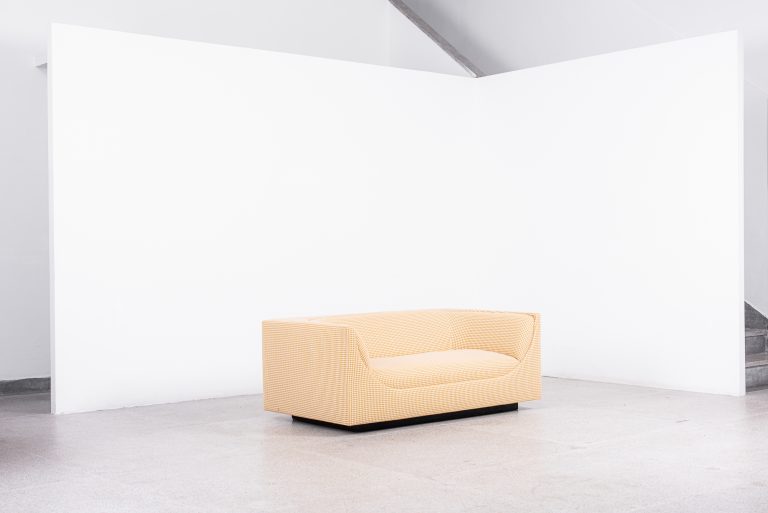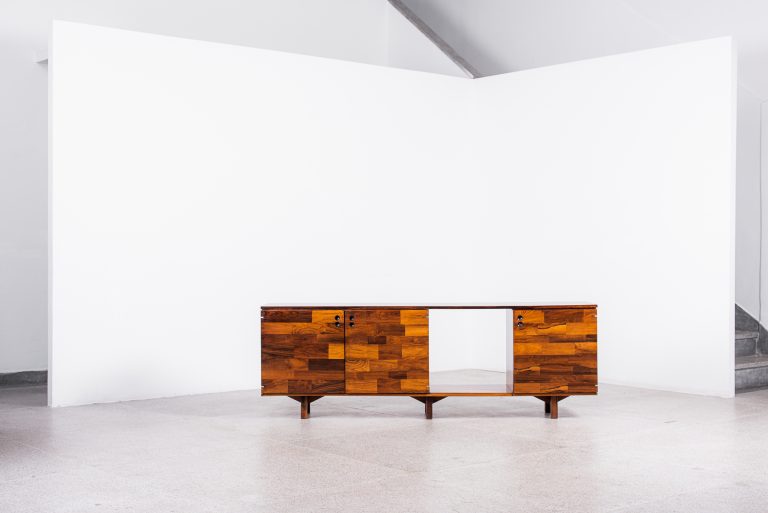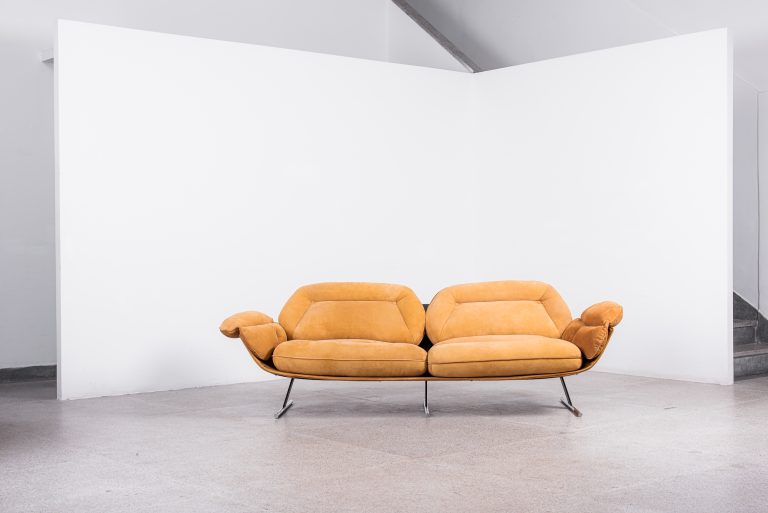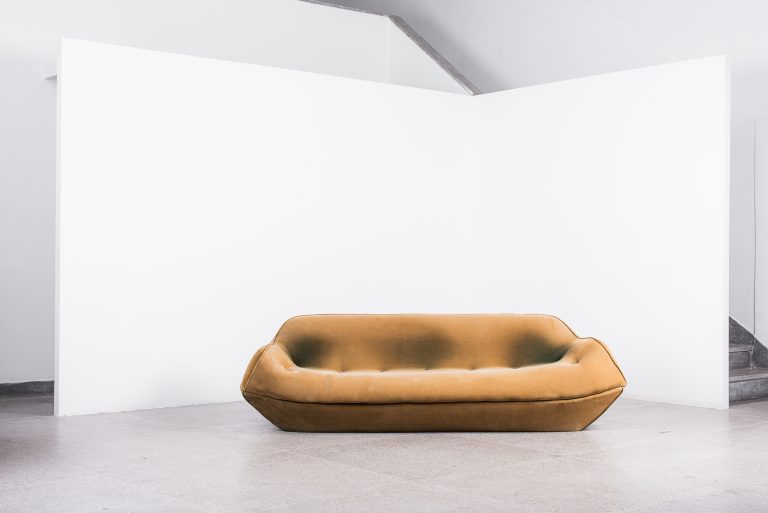
Born in Warsaw, Poland, in 1922. He graduated as an architect in Romania in 1945. Its importance for Brazilian design deserves research, which has not yet been carried out. In addition to being the owner of the modern furniture factory l’Atelier, Zalszupin led a unique initiative: he coordinated a team of designers who worked for four different factories of the same business group, the Forsa group. This is a rare and perhaps unique experience in the world.
Zalszupin immigrated to Brazil in 1949 and, after a brief stay in the capital of the Republic, settled in São Paulo, a city that was entering a cycle of great industrial growth and great cultural transformations. He opened an architecture office, with José Gugliota as a partner, in the first half of the 1950s. When he got tired of designing and having exclusive furniture made for his clients’ homes, he decided to join a group of carpenters and produce small series. Thus, the l’Atelier factory was born, which soon began to manufacture office furniture and went from a carpentry shop with artisanal procedures to an industry with serial production. The first piece in this series was made in 1959 and is an armchair dubbed ‘Danish’ by staff. Constructed of rosewood and upholstered, it has toothpick feet and the design of its arms and front feet recall the columns designed by Niemeyer for the Palácio do Alvorada.
In the early 1970s, with serious financial problems, l’Atelier was sold to a business group that already owned Lamination Brasil (hardware), the Hevea plastic products industry and the Labo computer factory. The sale was negotiated with Zalszupin’s ‘pass’ as director of product research and development. In this way, Zalszupin expanded the team of designers – which already had Oswaldo Mellone – permanently incorporating Paulo Jorge Pedreira and Lílian Weimberg. The designers named the business group Forsa and began to act as a creative laboratory.
The technical possibilities offered by four different industrial plants were enhanced by the team of designers. In this way, Hevea, which produced plastic commodities, gained a very sophisticated product line in design and established a brand, Eva, for household items, sold in supermarkets. L’Atelier itself switched to injected plastic, producing office partition panels and licensing the Hille polypropylene shell chair designed by Robin Day. In addition to the products that went to market, the Forsa group’s design team tested dozens of new ideas, which form an extraordinary collection to be researched and which certainly had a great influence on Oswaldo Mellone’s and Paulo Jorge Pedreira’s performance base.
The crisis of the 1980s profoundly affected the performance of the companies of the Forsa group. The design team disbanded at the end of the decade. Oswaldo Mellone and Paulo Jorge Pedreira opened their individual offices and Jorge Zalszupin dedicated himself exclusively to architecture, an activity he never abandoned.





